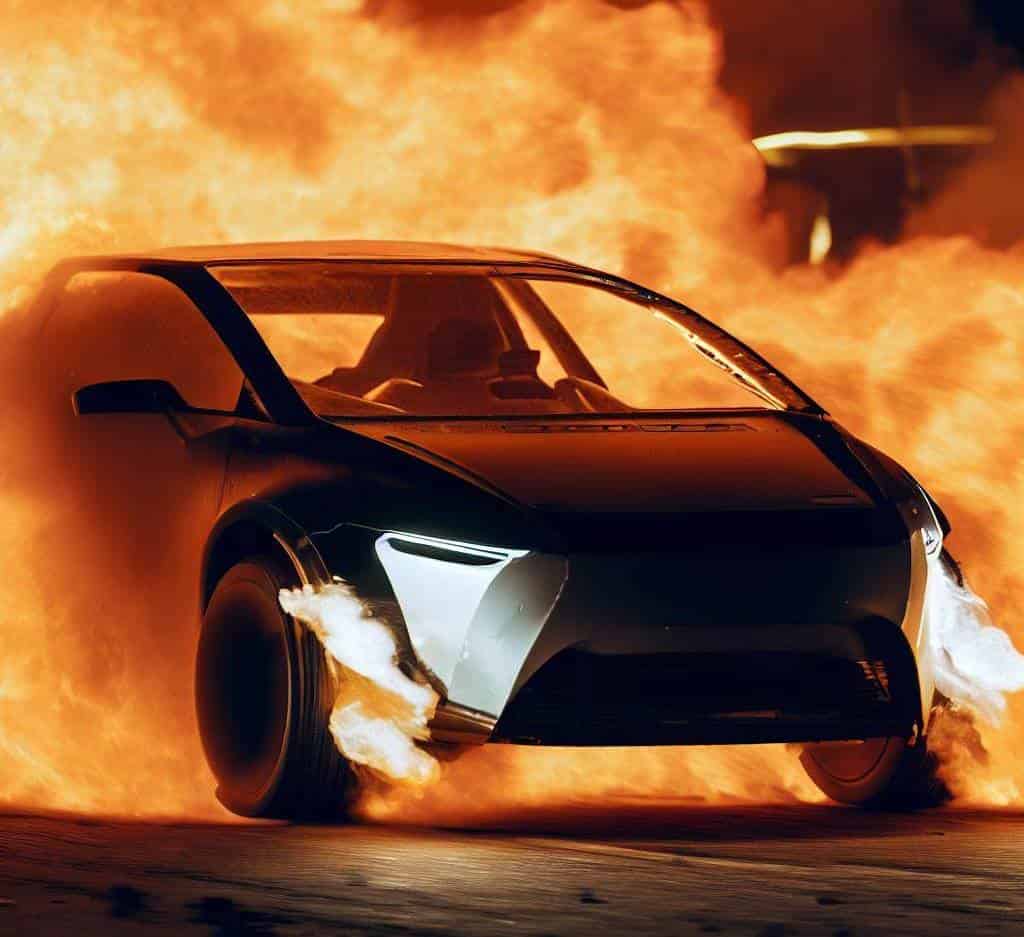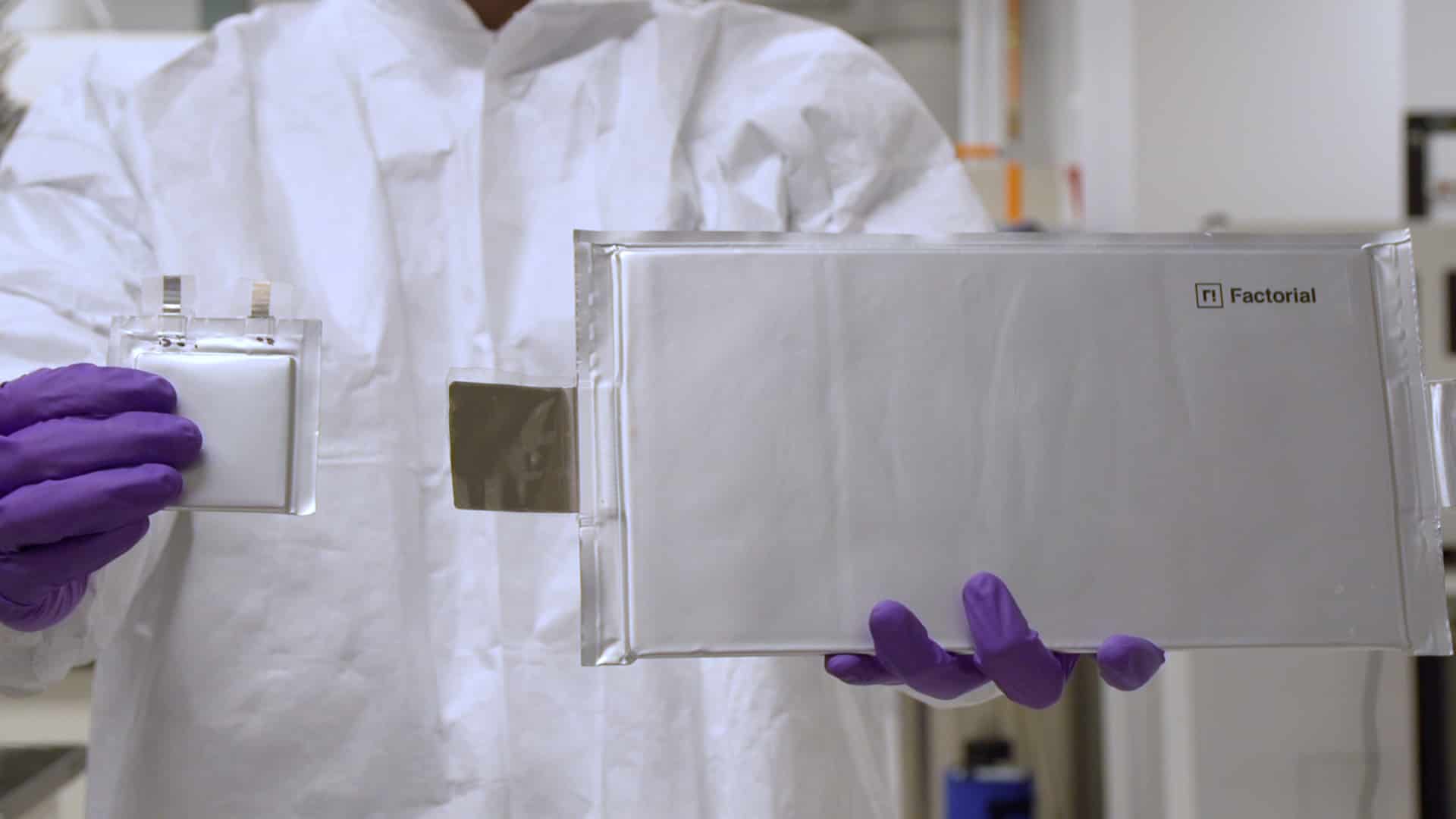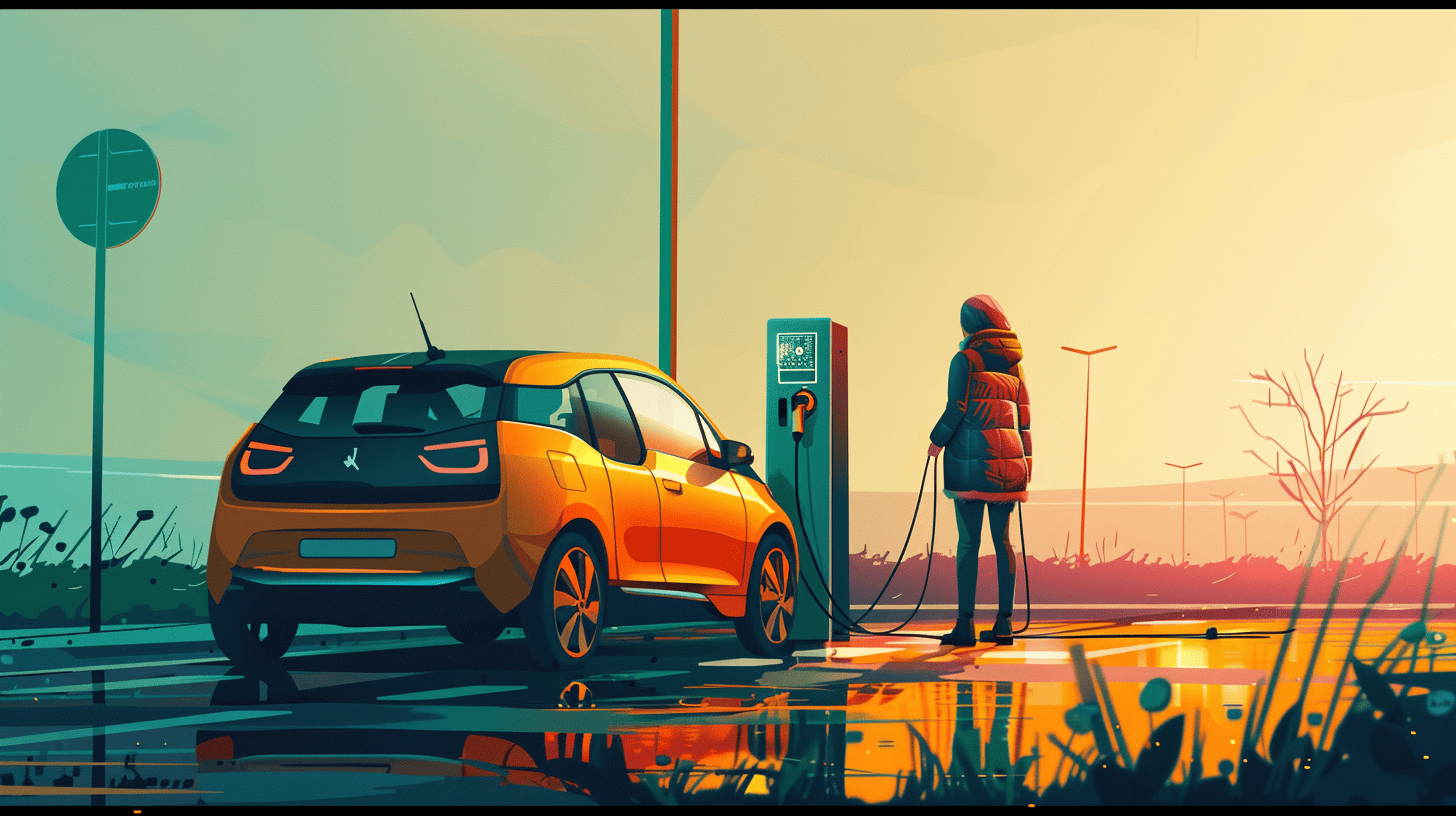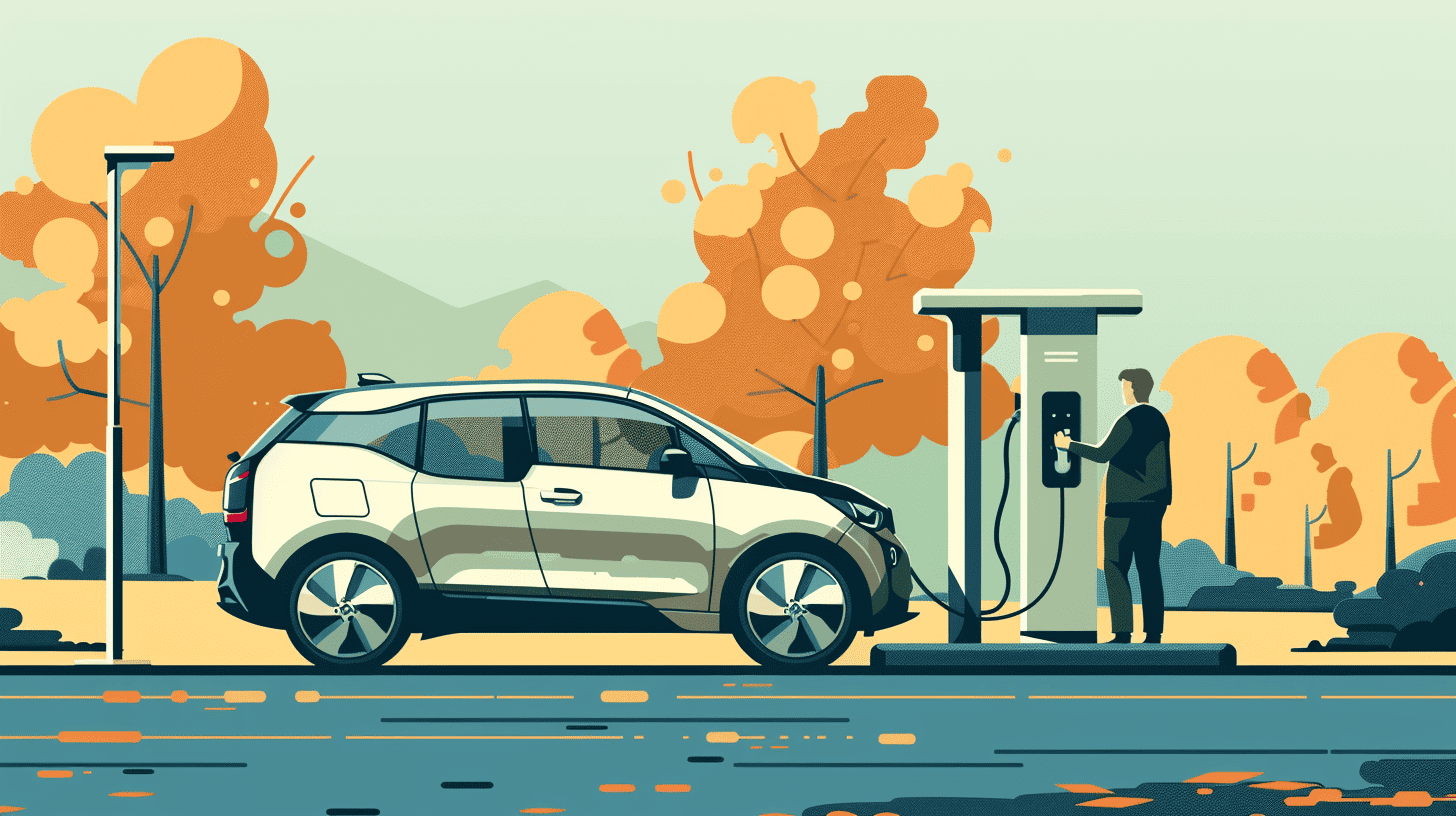
The fire on the Fremantle Highway again sparked a discussion on the fire safety of electric vehicles. Many pointed to the 500 or so EVs onboard as the cause. Now it looks like these were not the cause nor did they contribute. But still, it triggered a ban on electric vehicles by Norwegian shipping company Havila Krystruten, citing unpreparedness for lithium-ion fires at sea. This move is significant in Norway, where electric vehicles accounted for over 80% of vehicles sold in 2022. Yet, contrary to popular belief, electric vehicles are less likely to catch fire than their petrol and diesel counterparts. While the energy contained in EV batteries can make extinguishing fires challenging, the data suggests the risk is relatively low.
- Electric vehicles were initially blamed for the Fremantle Highway fire, but evidence suggests they did not cause or contribute to the blaze.
- Contrary to popular belief, data shows electric vehicles are actually much less likely to catch fire than gasoline or diesel vehicles.
- While lithium-ion battery fires can be challenging to extinguish if they do occur, proper safety precautions can help mitigate the risks.
Setting the Record Straight: EVs and Fire
Lithium-ion batteries have been the subject of numerous myths, often fuelled by high-profile incidents such as the Fremantle Highway fire. However, it’s important to understand the facts. According to research from the Swedish Civil Contingencies Agency, electric vehicles are actually 20 times less likely to catch fire than petrol and diesel cars. In 2022, only 0.004% of electric or plug-in hybrid cars caught fire in Sweden, compared to 0.08% of fossil fuel-driven cars. Despite the increasing number of electric vehicles on the road, the number of fires in these vehicles has remained consistent.
Moreover, the International Union of Marine Insurance stated that no fire onboard a car carrier has been proven to have been caused by a factory-new EV. It’s noteworthy that of the 3,784 new cars aboard the Fremantle Highway, between 900 and 1,000 cars, including the EVs, appeared to be in good condition. This suggests that the EVs on board were not the cause of the fire, contrary to initial speculation.
Understanding Lithium-ion Fires
Lithium-ion batteries are generally safe, but they do pose a unique challenge when it comes to firefighting. These fires have unique attributes and are very difficult to extinguish. In fact, you may need to let the fire burn out due to additional cells rupturing due to fire and heat, releasing flammable vapour. While water or foam may appear to put out fires quickly, lithium-ion fires can reignite as breached cells are met with oxygen.
It’s also important to note that lithium-ion fires can occur when these batteries are damaged or improperly used. For instance, incorrect charging can cause the battery to expel its charge quicker, creating heat and starting thermal runaway. If damaged or punctured, the individual cells inside can become compromised and release flammable electrolyte vapours. Therefore, proper storage, charging, and discarding procedures are paramount to prevent lithium-ion fires.
Preventing and Managing Lithium-ion Fires
Efforts are being made by manufacturers, regulatory bodies, and research institutions to decrease the likelihood of lithium-ion fires.

The National Fire Protection Association (NFPA) provides resources to promote safer use of lithium-ion batteries across various applications. NFPA offers safety tips for smaller devices like cellphones, laptops, e-cigarettes, and e-bikes, offering information on safe charging and disposal methods. They also offer online training courses for first responders and the public to address the unique challenges posed by EV fires.
While lithium-ion fires can be challenging to manage, with the right knowledge, precautions, and response strategies, the risks can be significantly mitigated. As such, the fear surrounding EV fires might be more hype than reality, and the banning of EVs on ships may be an overreaction rather than a necessity.








